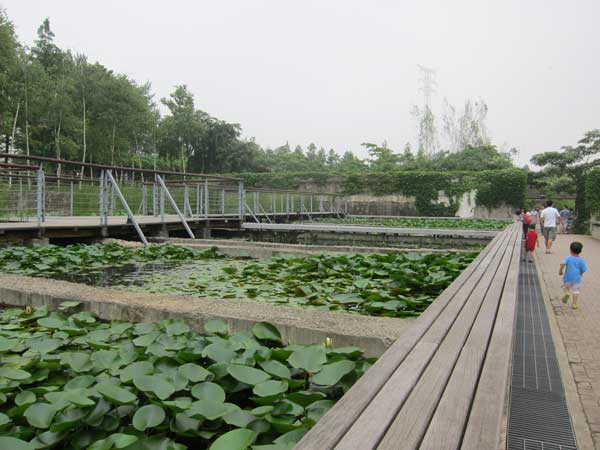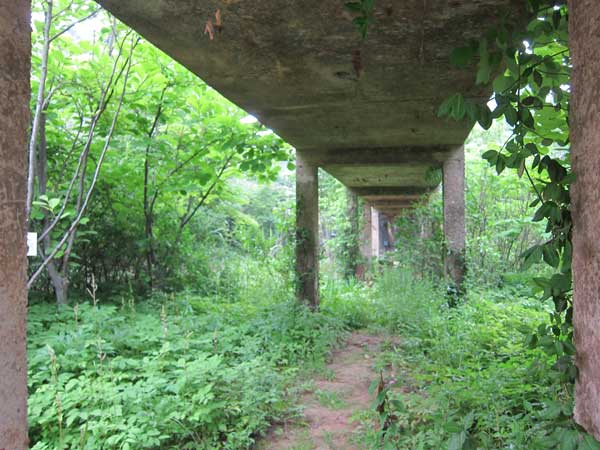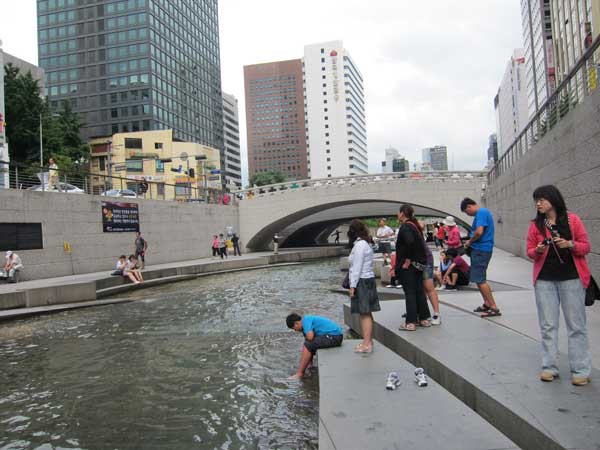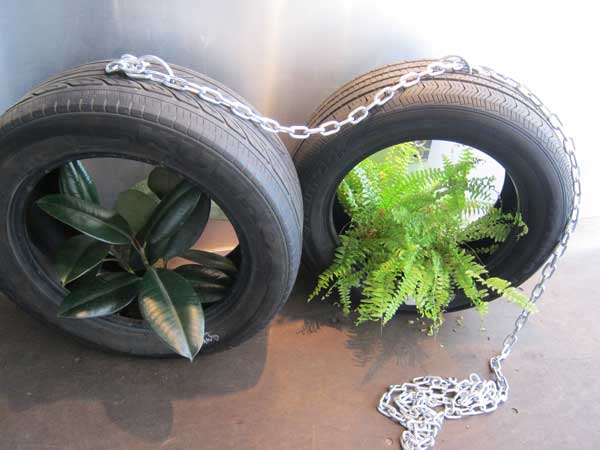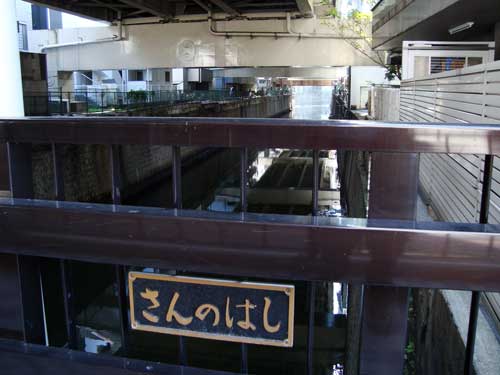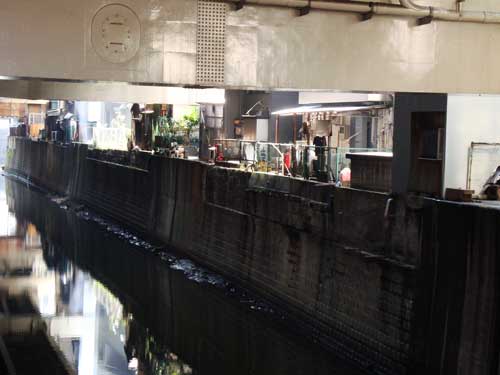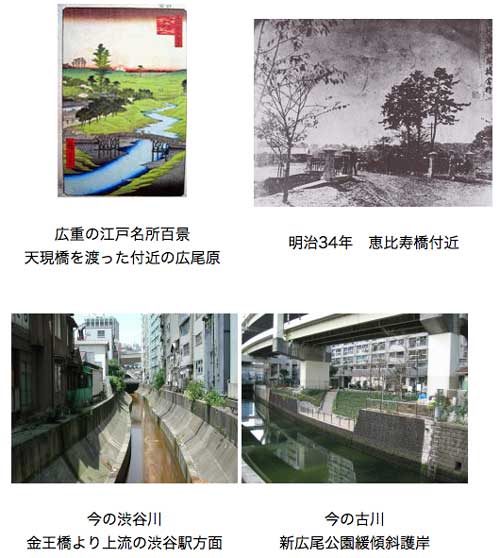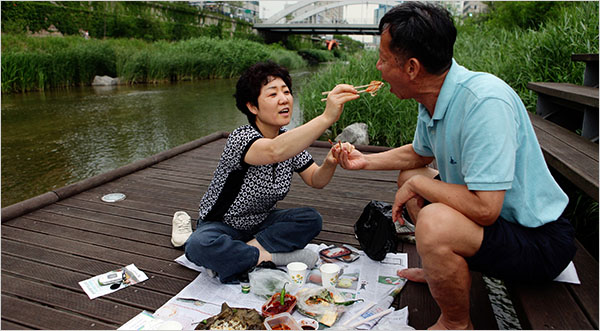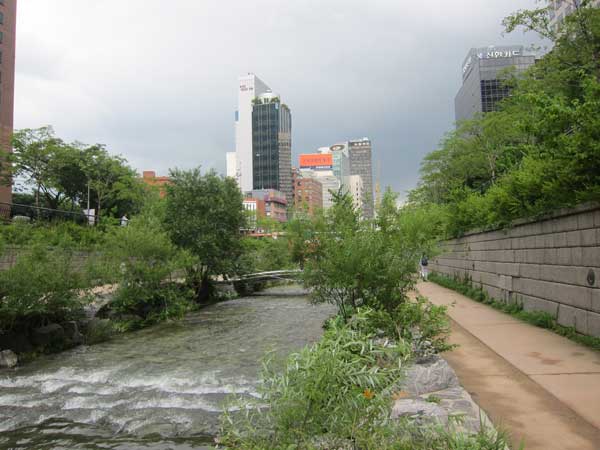
去年の夏、ソウルを訪れて驚きました。短い期間で、東アジアの他の醜い都市から離れて、魅力的で住みやすい都市になりました。ソウルを見たときに、なぜは東京政府と都市計画は、過去でなくて、未来を見つめないのでしょうか。
In the past five years, Seoul has gone from one of East Asia’s ugliest mega-cities to one of its most livable and attractive. The transformation has been rapid. While I think Tokyo is often stunted by its autocratic government and urban planning, Seoul shows that East Asian cities can be dynamic and forward-looking.
On a visit last summer, I toured new city parks (the Cheonggyecheon river and Seonyudo island), visited art galleries, experienced the mix of old and cutting edge architecture, and met meta-designers, Seoul’s city brand manager, and a national environmental researcher.
